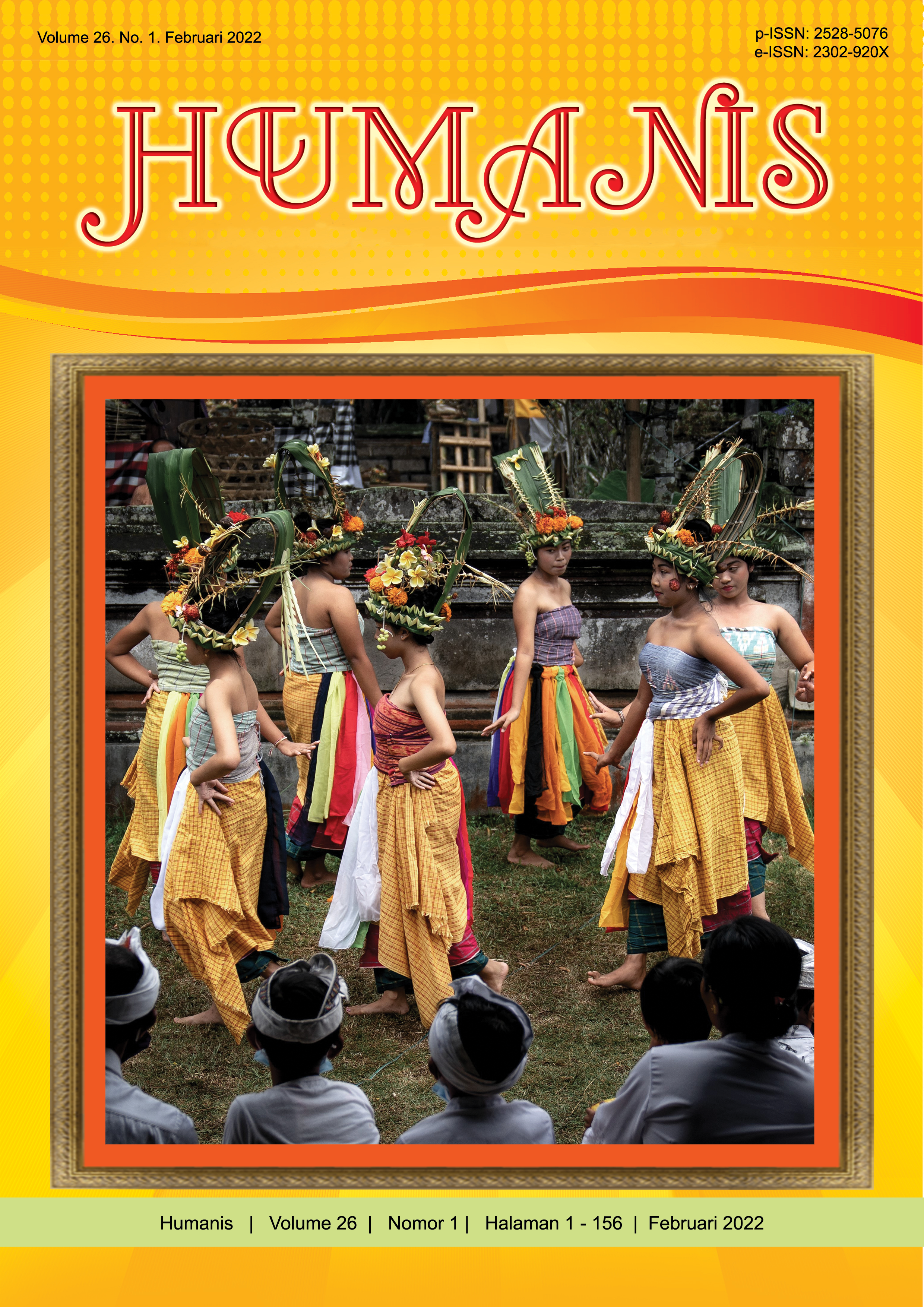Ujaran Kebencian dalam Kolom Komentar Media Berita Online BABE
Abstract
Hate speech is a language phenomenon that often appears on social media nowadays. This was exacerbated by the political intensity between supporting and opposing groups of the government. The commentary column which contains news on the topic of government is one of the ways to spread hate speeches. Therefore, this study aims to analyze the hate speech that appears in the commentary column of an online news media called BABE with the aim of finding the form of lingual markers, the speech act meaning, and the speech act function of the hate speech. The results of this study found that lingual markers in hate speech were divided into three categories, namely words, phrases and utterances. The meaning of hate speech is illocutionary and is classified into seven types of hate speech, including insult, defamation, desecration, unpleasant action, provocation, incitement, and hoax. Meanwhile, the speech act function that appears in hate speech has four speech act functions, namely the assertive function, the directive function, the commissive function, and the expressive function.
Downloads
References
Chaer, Abdul. (2010). Kesantunan berbahasa. Jakarta: PT Rineka Cipta.
Cohen, Henri, and C. Claire Lefebvre. (2005). Handbook of Categorization in Cognitive Science. Amsterdam: Elsevier.
Haryatmoko. (2011). Etika Publik. Jakarta: PT Gramedia Pustaka Utama.
Hirsch, Susan F. (2008). Putting Hate Speech in Context: Observation on Speech, Power, and Violence in Kenya. George Mason University. Diakses tanggal 2 Agustus 2020
http://www.ushmm.org.m.pdfs/20100423-speech-power-violence-hirsch.pdf.
Isasi, Alex Cabo and Ana García Juanatey. (2016). El discurso del odio en las redes sociales: Un estado de la cuestión. Ajuntament de Barcelona progress report. Diakses tanggal 12 Januari 2021
http://ajuntament.barcelona.cat/bcnvsodi/wpcontent/uploads/2017/02/Informe_discurso-del-odio_ES.pdf.
Kapolri. (2015). Penanganan Ujaran Kebencian. Surat Edaran Kapolri Nomor SE/06/X/2015. Jakarta
Linawati. (2017). “Tindak Tutur Ujaran Kebencian dalam Komentar Pembaca pada Surat Kabar Online Tribunnews.com”. (Skripsi). Yogyakarta: Program Studi Bahasa Indonesia, Universitas Negeri Yogyakarta
Mawarti, Sri. (2018). Fenomena Hate Speech: Dampak Ujaran Kebencian. Toleransi, 10 (1). hlm 83-95
Ningrum, Dian Junita. (2018). Kajian Ujaran Kebencian di Media Sosial, Jurnal Ilmiah Korpus, 2(3).hlm 241-252
Nasrullah, R. (2017). Media Sosial : Perspektif Komunikasi, Budaya, dan Sosioteknologi. Bandung: Remaja Rosdakarya.
Sudaryanto. (2015). Metode dan Aneka Teknik Analisis Bahasa: Pengantar Penelitian Wahana Kebudayaan secara Linguistik. Yogyakarta: Senata Dharma University Press.
Syafyahya, Leni. (2018). Ujaran Kebencian dalam Bahasa Indonesia: Kajian Bentuk dan Makna. Makalah Kongres KBI 2018. Universitas Andalas, Sumatera Barat, Indonesia
Yule, George. (2006). Pragmatik (edisi terjemahan oleh Indah Fajar Wahyuni dan Rombe Mustajab). Yogyakarta: Pustaka Pelajar.


















